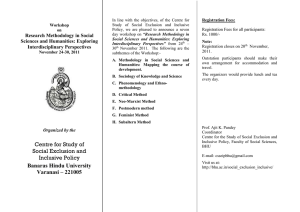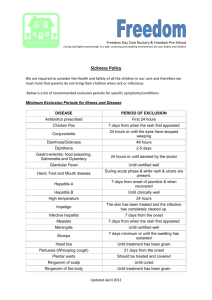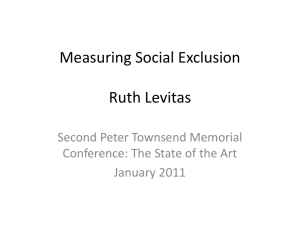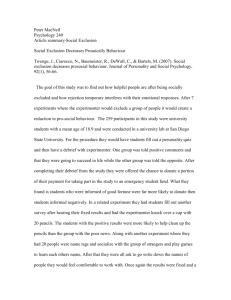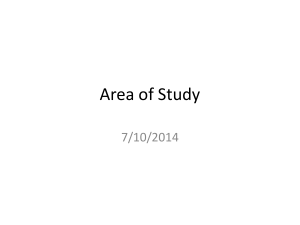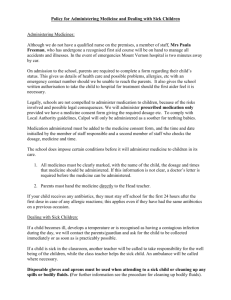Inclusive Housing & Urban Planning in India
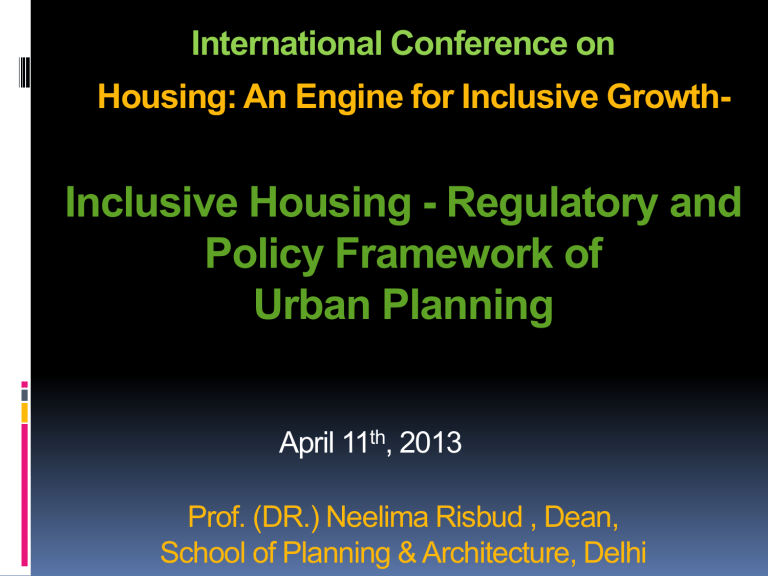
International Conference on
Housing: An Engine for Inclusive Growth-
Inclusive Housing - Regulatory and
Policy Framework of
Urban Planning
April 11 th , 2013
Prof. (DR.) Neelima Risbud , Dean,
School of Planning & Architecture, Delhi
Context
Indian cities are getting larger, growth rates are high, land prices are shooting, populations is predominantly living in informal areas with poor living condition .
By 2030, in India 590 million people are expected to live in cities which will be 40% of
India’s total population.
However, the growth should be Sustainable, and more ‘ Inclusive’ for the low income group.
Planning is important to allow cities to make informed trade- offs on their use of scarce resources such as land ,
Planning Regulations for Housing
Planning Regulations are important instruments available with the Governments to influence urban land and housing markets, and the investment decisions of private sector –Individuals and developers.
Development Control regulation (DCR)
Zoning Regulations
Use reservations
Density
FAR
Sub Division regulations
Minimum plot size
Coverage
Facility standards
Open space standards
Generally Planning regulations prescribe low density of development and high housing and open space standards contributing to an artificial increase in land consumption .
High land consumption leads to Urban sprawl.
High Land consumption also leads to unaffordable housing forcing more than 50% of urban households to build illegally in form Unauthorized
Colonies & Squatter Settlements with Insecure titles
However at present the quality of life in most
Indian cities in terms of basic services is poor.
Cities today are more exclusionary.
Most planning regulations do not prescribe norms for slum upgrading.
As such upgraded slums do not confirm to planning regulations and do not get integrated into urban planning system.
Insecure titles create exclusion
Preventing investment in housing construction and improvements
Denying access to formal channels of credit leading to financial exclusion
Preventing entitlement to basic services
property tax revenue base of local authorities
Lack of Access to Land for housing creates
Exclusion
Availability of land for affordable housing is most crucial issue.
High cost of land contributes to high cost of unaffordable housing leading to exclusion of large number of urban households.
In India under the Urban Renewal mission
JNNURM earmarking at least 20 –25 per cent of developed land for housing projects for low income housing is mandated in every
Residential layout
Minimum prescribed Plot Sizes are high
Low Density prescribed in Master Plan results in high land consumptions and unaffordable housing
Low Floor Area Ratio (FAR) prescribed –high land consumption
Prescription of high Open Space standards
Increases housing costs
Reforms in regulations are essential for Inclusion
1.
Compact cities .
2.
Efficient and intensive use of land .
3.
Improving security of tenure to improve market efficiency and improving effective demand for housing finance.
4.
Increase in the consumption of residential floor space per person for improved livability
